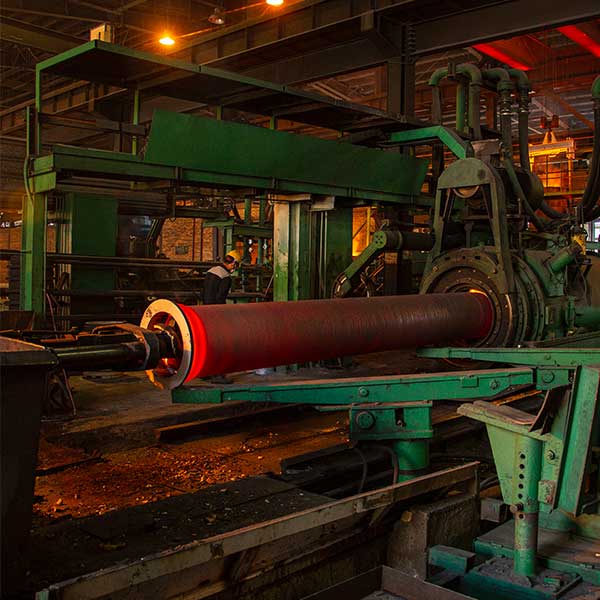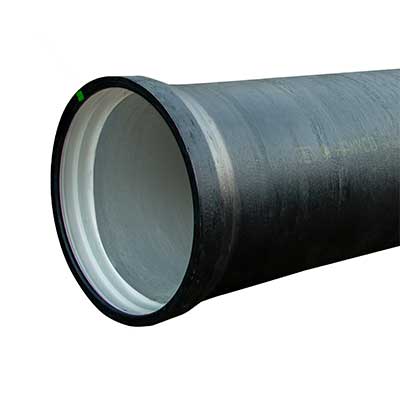History of ductile iron
Following studies conducted in 1948, it was discovered that adding an amount of magnesium to molten iron after desulphurization operation makes it possible to change graphite flake (fiber graphite) into spheroidal graphite.
This new type of cast iron, named Ductile Iron from then on in the industry. The whole discovery swept the world fast and gained a lot of popularity and also started to be used in production of various pipes and a variety of industrial and engineering components.

Ductile iron pipe manufacturing process
Ductile iron pipes are manufactured by means of centrifugal casting method. This method has been among the most famous of its kind in the world, which was devised in 1920 by a Brazillian engineer, Dimitri De Lavaud, for production of ductile iron pipes under pressure.
In centrifugal casting, a permanent mold is rotated around its axis at high speeds as the molten metal is poured. The molten metal is centrifugally thrown towards the inside mold wall, where it solidifies after cooling then as cast pipe extracts from mold. The pipes are heat treated in a continuous annealing furnace to change the metal matrix from pearlite to ferrite in order to reduce hardness and improve ductility and mechanical properties. This process reduces the residual stress and improve grinding and cutting process.
Then 100% of pipes will be tested by water in hydrostatic test machine and different coating and lining would be applied based on the application.




